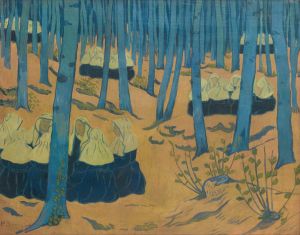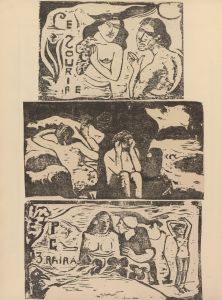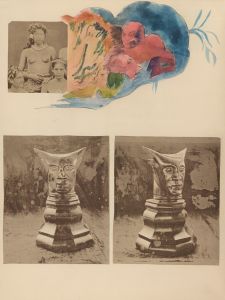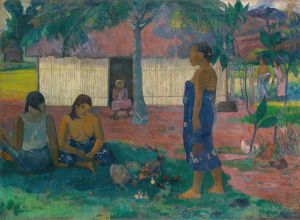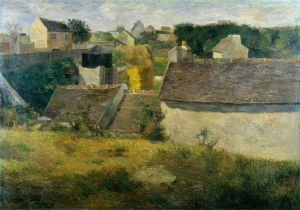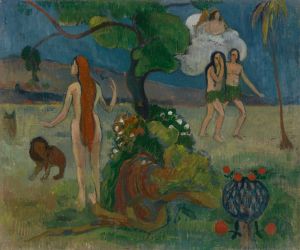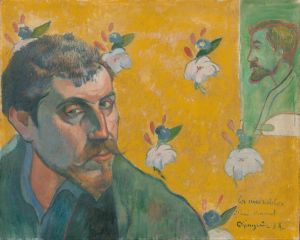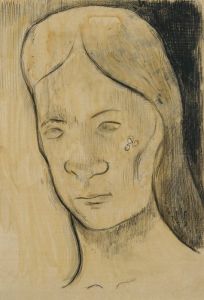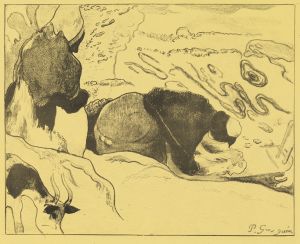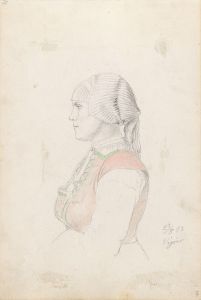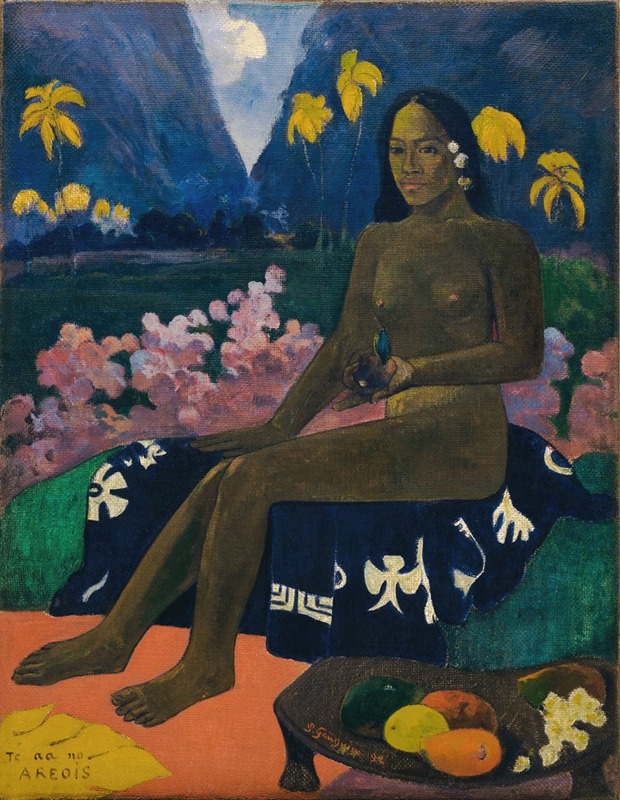
Te aa no areois
A hand-painted replica of Paul Gauguin’s masterpiece Te aa no areois, meticulously crafted by professional artists to capture the true essence of the original. Each piece is created with museum-quality canvas and rare mineral pigments, carefully painted by experienced artists with delicate brushstrokes and rich, layered colors to perfectly recreate the texture of the original artwork. Unlike machine-printed reproductions, this hand-painted version brings the painting to life, infused with the artist’s emotions and skill in every stroke. Whether for personal collection or home decoration, it instantly elevates the artistic atmosphere of any space.
Paul Gauguin's painting "Te aa no areois" is a significant work that reflects the artist's fascination with the culture and traditions of Tahiti. Created in 1892, this painting is part of Gauguin's broader body of work that he produced during his first extended stay in Tahiti, a period that profoundly influenced his artistic style and thematic focus.
"Te aa no areois" translates to "The Seed of the Areoi" and depicts a scene inspired by the Areoi society, a secretive and semi-religious order in Polynesian culture. The Areoi were known for their unique social structure and rituals, which included theatrical performances and dances. Gauguin was deeply intrigued by the customs and spiritual life of the Tahitian people, and this painting is an exploration of those themes.
The composition of "Te aa no areois" is notable for its use of vibrant colors and bold forms, characteristics that are emblematic of Gauguin's post-Impressionist style. The painting features a group of figures, likely representing members of the Areoi society, engaged in a ritualistic or communal activity. The figures are depicted in a somewhat flattened perspective, a technique Gauguin employed to emphasize the decorative and symbolic aspects of his subjects rather than their realistic representation.
Gauguin's use of color in "Te aa no areois" is particularly striking. He employs a palette of rich, earthy tones interspersed with vivid reds and yellows, which serve to highlight the exotic and mystical qualities he associated with Tahitian life. This approach to color and form was part of Gauguin's broader attempt to break away from the conventions of Western art and to capture what he perceived as the purity and authenticity of non-European cultures.
The painting also reflects Gauguin's interest in the spiritual and mythological dimensions of Tahitian society. By choosing to depict the Areoi, Gauguin was engaging with a subject that was both enigmatic and deeply rooted in the cultural identity of the Tahitian people. This interest in spirituality and mythology is a recurring theme in Gauguin's work, as he often sought to convey a sense of the mystical and the transcendent through his art.
"Te aa no areois" is housed in the Musée d'Orsay in Paris, where it is part of a collection that showcases Gauguin's contributions to the post-Impressionist movement. The painting is considered an important example of Gauguin's innovative approach to color, form, and subject matter, and it continues to be studied for its insights into the artist's vision and his engagement with the cultures he encountered.
Overall, "Te aa no areois" is a testament to Gauguin's enduring fascination with the exotic and the spiritual, and it remains a significant work in the history of Western art for its bold departure from traditional artistic norms and its exploration of cross-cultural themes.





